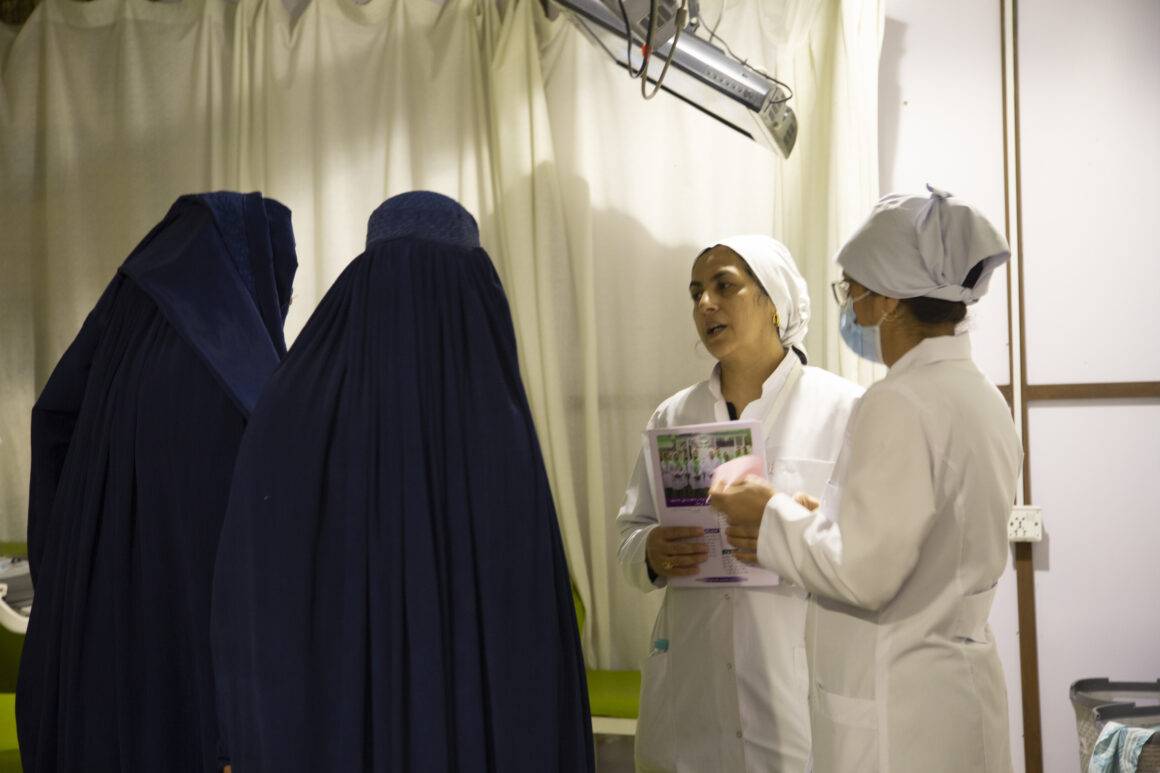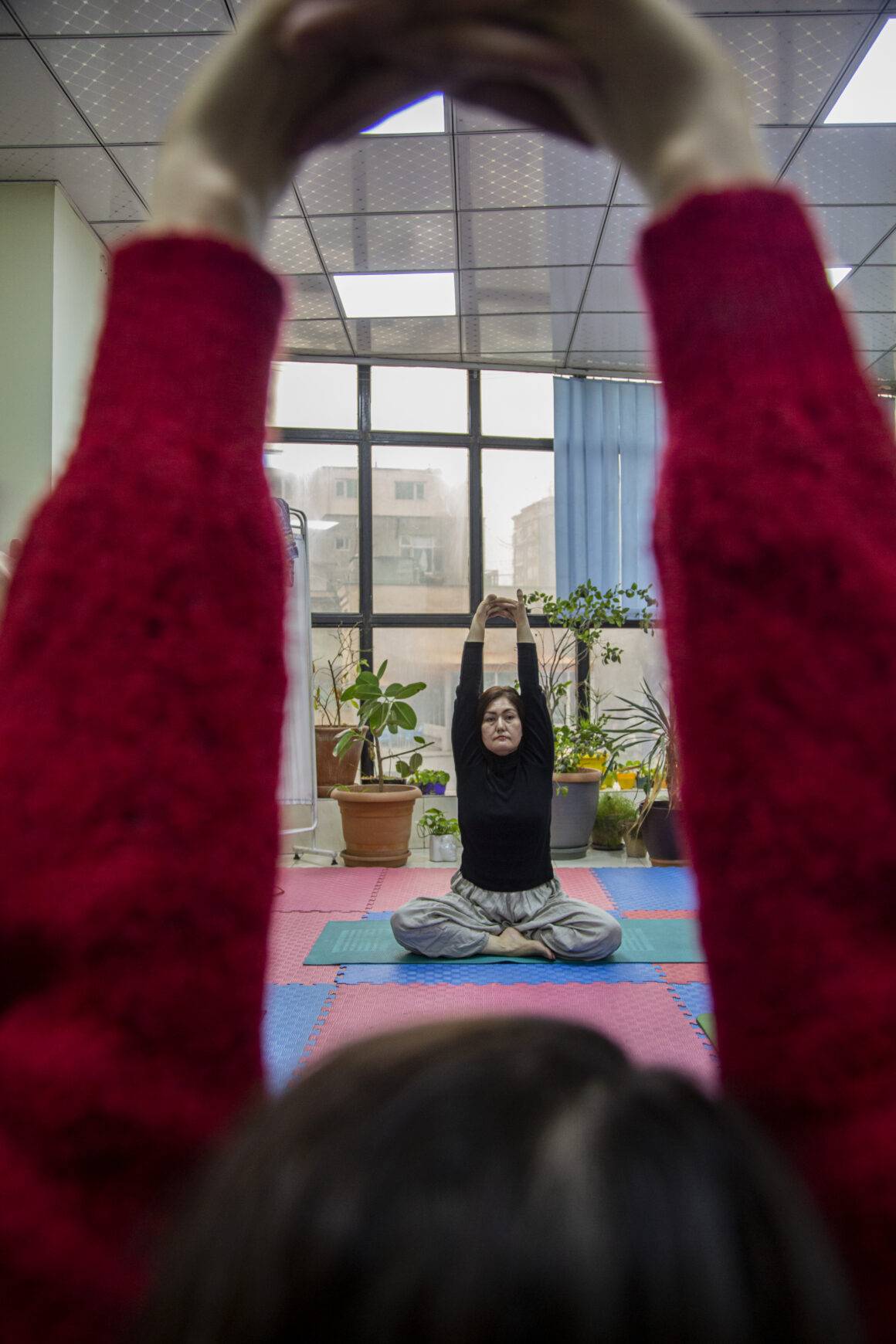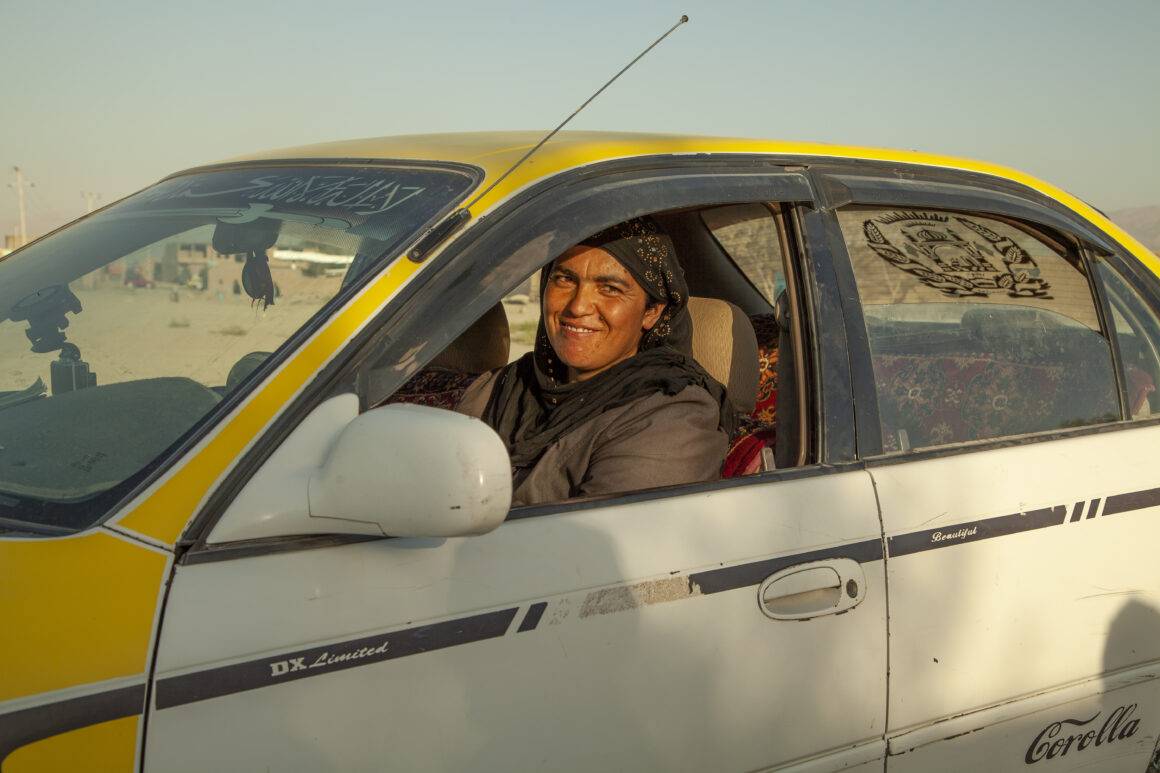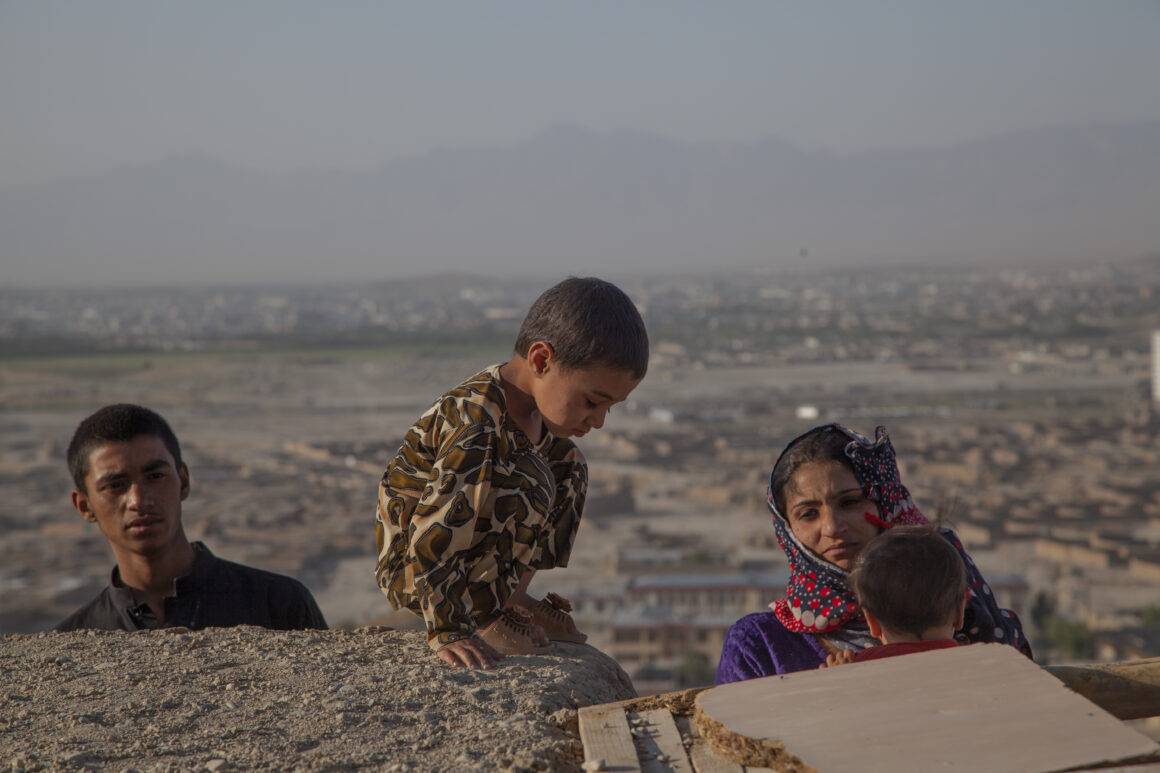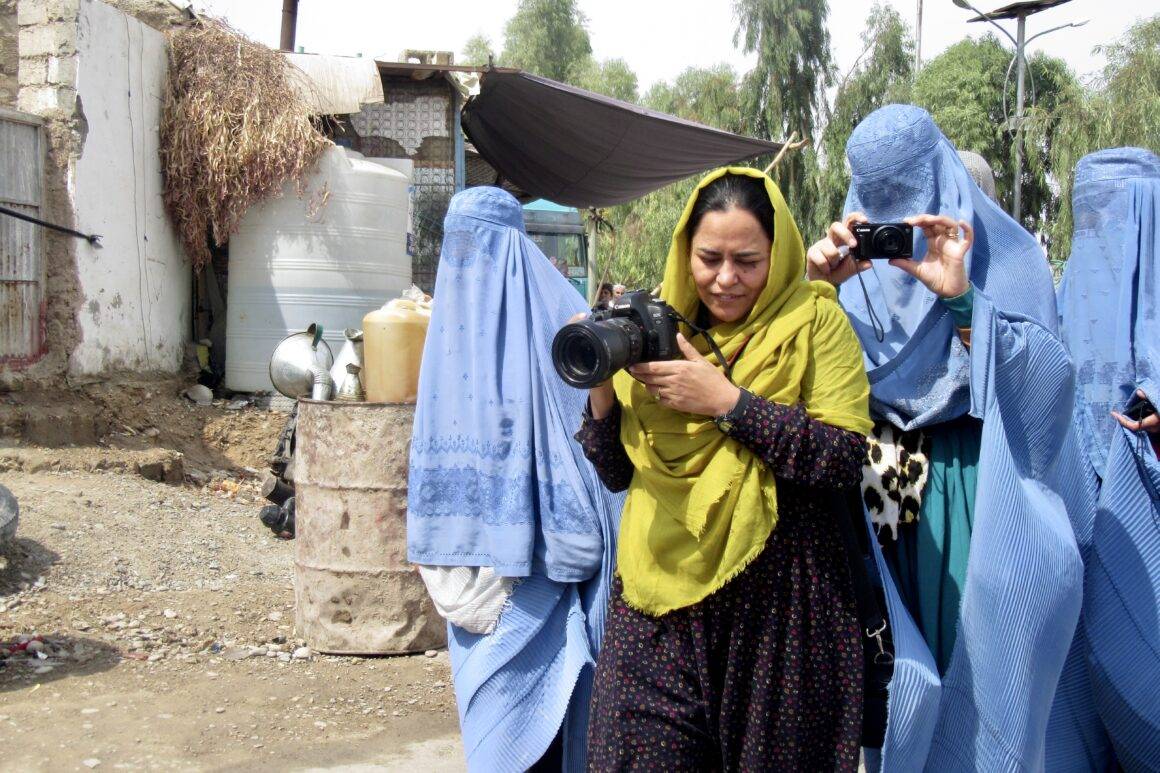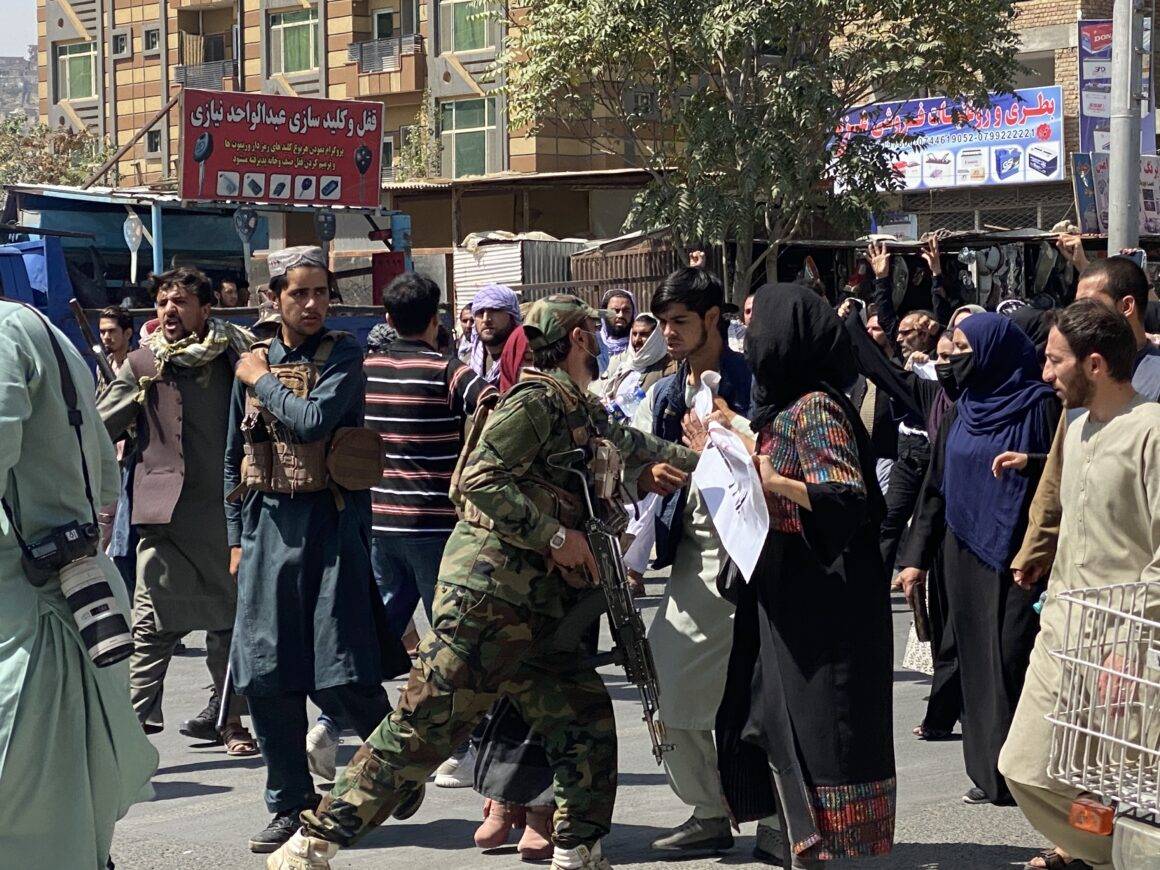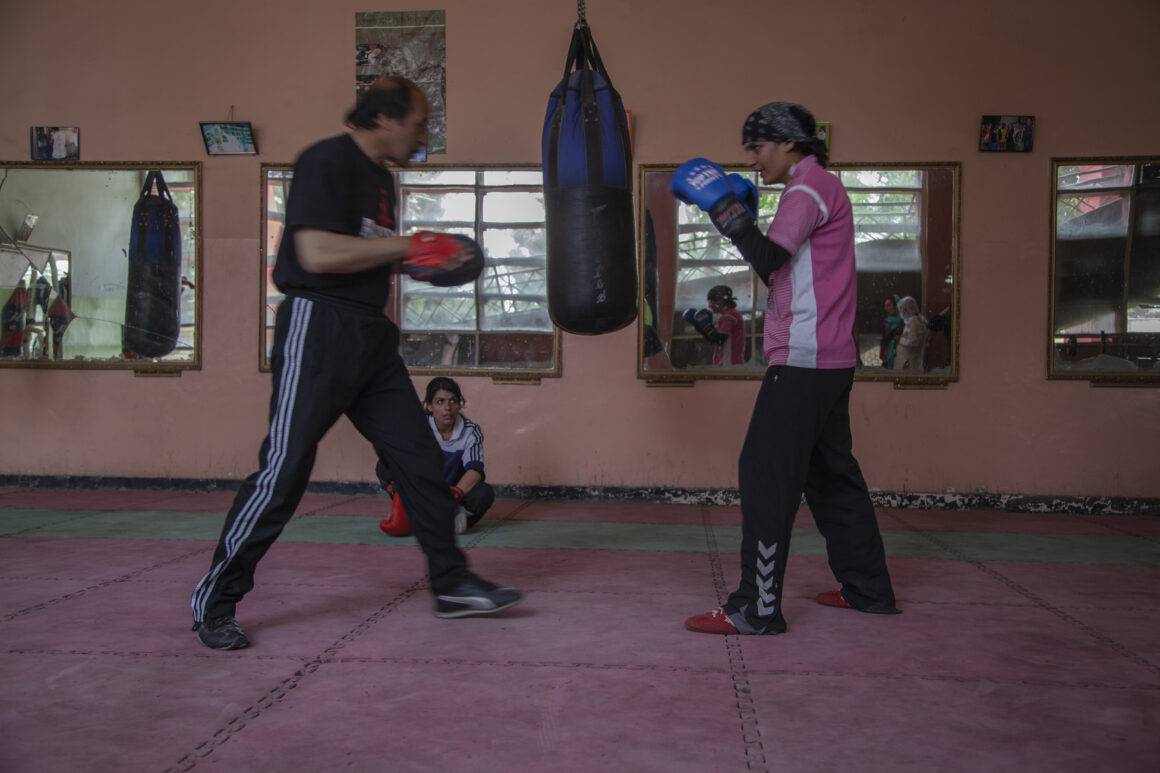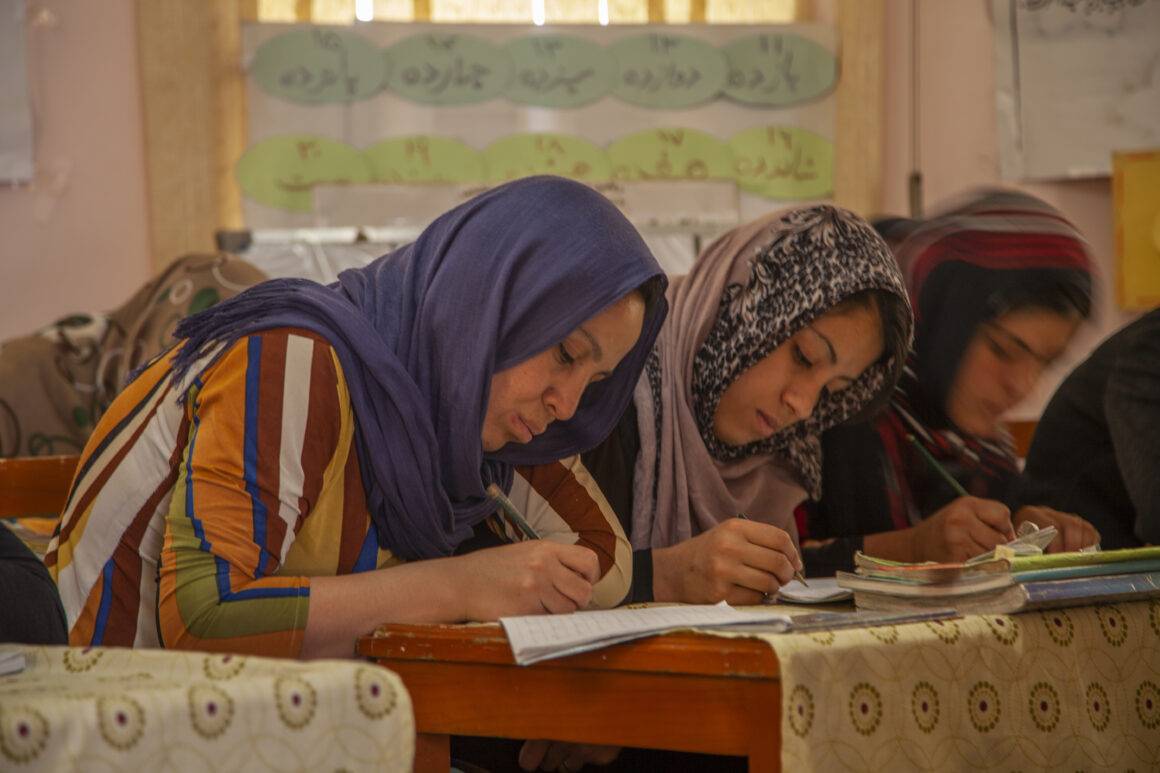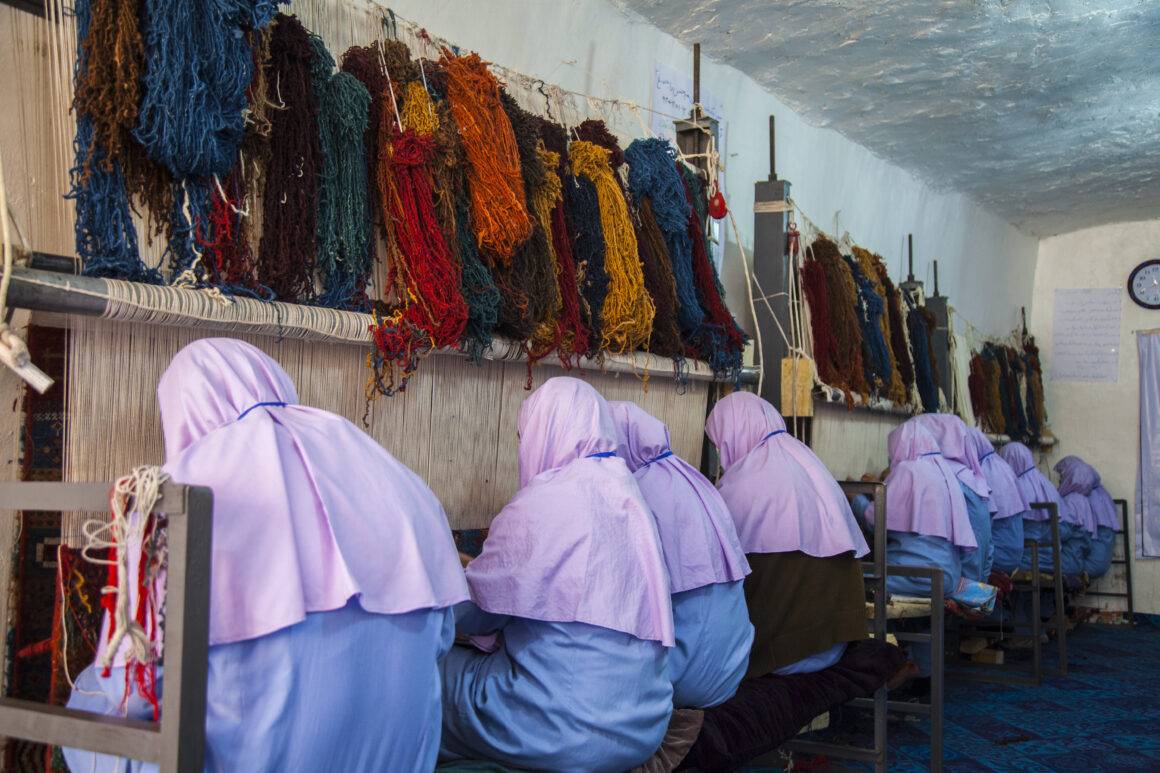Read The Game Magazine's interview with Mariam Alimi, one of Afghanistan's first professional female photographers, who was forced to flee the country after the Taliban's takeover in August 2021. In this discussion, Mariam details the struggle for rights by Afghan women within society and the specific challenges in the domains of photojournalism and journalism. Get an insider's view of Afghan women photographers' battle for a voice before and after the Taliban's takeover.
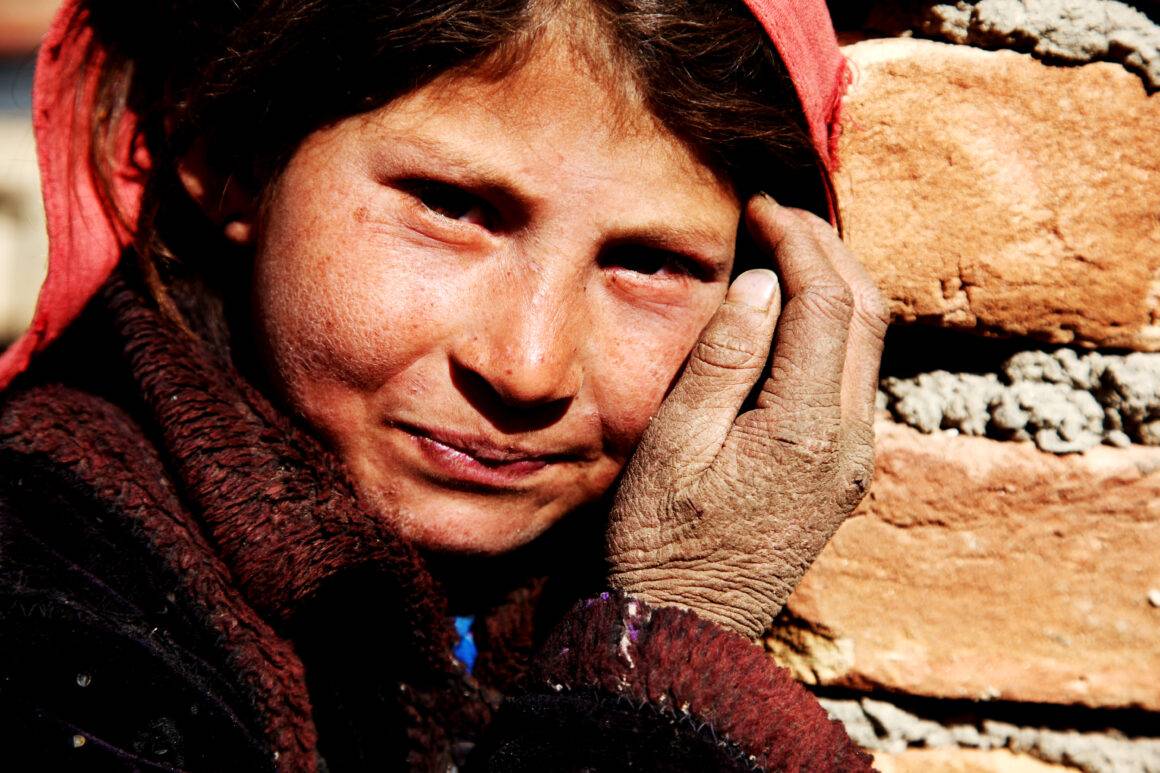
The Story of Afghan Women Photographers’ Fight Before and After the Taliban: An Interview with Mariam Alimi
By Fatemeh Roshan
“Why are you outside without a burqa (chadari*)?” asked two Taliban members. I was a teenager, walking by her side. She replied, “I struggle to see and move in it because of a unique condition affecting my eyes…” They wouldn’t let her say another word. They began whipping her immediately. Before that journey, I had only heard stories about the Taliban. But having witnessed it firsthand, it’s an experience that’s etched in my memory forever. I never forgot; I will never forget.”
Mariam Alimi was a migrant when she first saw the Taliban rule in Afghanistan. As soon as the Taliban era was over, she returned from Pakistan to her homeland. Watching journalists and photojournalists on TV, reporting and covering those days of Afghanistan, made her curious that maybe this could be her dream job. As she grew up, she found opportunities to join some international institutions working in Afghanistan. It was there that she began her career as an Afghan woman photographer and journalist with some traineeships.
In the post-Taliban era, it was uncommon for an Afghan woman to become a photographer or journalist, appearing in public to do the job. “I heard people walking around me all the time and guessing where I was from. The idea that an Afghan woman could freely speak and walk beside a man, her mentor, and learn and work was beyond their imagination,” she recalls. But It wasn’t just about society but also still some areas were under the shadow of the Taliban and were controlled by them. Mariam’s family were concerned for her safety. “My father warned me repeatedly: ‘Don’t go, Mariam. The situation is not good for you. The risk isn’t worth the money.’ But I insisted, arguing that if not me, then who? If not now, when should we start to make progress?” Despite the challenges of being one of the first, Mariam not only worked as a photographer for years but also traveled across the country and tried to teach other Afghan girls: “I believed that if I could influence even one of them to choose a different path, I would be successful.”
During those travels, Mariam faced the Taliban again. This time, though, they were not in power. On her journey from Kabul to Bamyan, they stopped her car. “I had arranged with the driver to pretend we were family. If they asked who I was, he could say ‘my sister,’” she recalls. Encountering them on the roads again, she found them “ignorant towards women” and “unwilling to acknowledge her humanity.” The danger was real, as they could have easily harmed them without consequence. “I meant nothing to them,” she says.
With all the challenges, Mariam collaborated with numerous well-known international media and organizations during this time, won multiple awards, and held exhibitions. However, her career in her home country came to an abrupt halt when she faced them for the next time. The Taliban were back. This time, it wasn’t just a matter of unofficial agreements in certain areas but a full return to power.
Leaving the country was fraught with difficulties. Recalling the first days she received calls from international media outlets she had worked with, offering to help her escape, Mariam pauses, overwhelmed by the memories. “In the first week, many advised me to try getting into Kabul International Airport with the children. But it was impossible. The chaos was unbearable, culminating in a suicide attack that led to the airport’s closure.” At this point, she stops, lost in thought, then asks, “Where was I? What did I say?” Mariam and her family managed to leave the country a few weeks later, with the help of many international media outlets.
Now residing in the USA, Mariam’s inspiring story, her resilience, and impactful work in Afghanistan continue with advocacy and a voice to raise awareness about the situation in her country, especially concerning women’s rights and struggles. In her words: “I would like to say girls in Afghanistan cannot go to school. In Women’s History Month and Women’s Day, Afghan women are not allowed to work. Afghan women are oppressed. Don’t forget Afghan women.”
* Chadri is the name of the Burqa in Afghanistan.
“I know that some of them (photographers) are no longer living in Afghanistan. However, some investigative women journalists who I knew and they did some really impactful work before the Taliban returned are still in the country and trying to work, even though the situation is dire. The Taliban have broken their cameras, attacked them, and threatened them to cease their activities, but they are still attempting to work.” – Mariam Alimi.
“I would rent a car, take my students with me, and show them around as their practical work. I could see that they were not used to it and didn’t know what to photograph. I thought to myself, even if I can impact one of them, and that person chooses a different path, I am successful.” – Mariam Alimi.
How did you start in photography? What did inspire you?
I began my work in 2004 at an international institution. Initially, I didn’t start as a photographer. I was a volunteer there to learn how to work, similar to an internship. After three months, when my internship was over, they noticed my motivation for working. They realized I just needed an opportunity, so they decided to extend my stay at the institution. After that, I worked with their team for two and a half years. In the institution, we had a monthly magazine that reported on our work. Occasionally, they would ask me to conduct interviews and take photos. In 2004, I had no idea about professional photography, but by working with them, I gained initial knowledge about photography and journalism.
From childhood, I was always curious about journalism. When I watched journalists on TV, I paid close attention, telling my family I wanted to be like those people. They didn’t understand what I was saying until I went to the institution and gathered some information there. In 2006, I came across information from a French NGO named AINA, which needed an Afghan photographer. Reza Deghati was part of the organization, and they mentioned there had always been photographers from other countries but not Afghan, which is why they were interested in training Afghan photographers, especially women. When I saw the information, I asked my colleague, who was my supervisor, “Do you think it’s possible for me to become one of those photographers?” I had some experience, though not very professional. She was very kind and assured me, “Of course you can.” So, she accommodated my working hours, allowing me to pursue this opportunity.
I went to the institution, and an Australian photographer reviewed my work. In the end, he told me that I had the qualifications to start my traineeship. We began as twelve people: six women and six men. By the end of the traineeship, I was the only girl left; the rest couldn’t make it. I understood. It was hard to be accepted as a female photographer at that time, especially in Afghan society. I remember the first time I went to the streets to start working practically. People didn’t realize I was Afghan. I was with foreigners who spoke English, and people didn’t expect an Afghan woman to be a photographer. So, I heard people walking around me all the time and guessing where I was from. The idea that an Afghan woman could freely speak and walk beside a man, her mentor, and learn and work was beyond their imagination. I should clarify that I was not the first female photographer; we were just a few at the time.
After a while, I started to go out to photograph without my teacher and the foreigners. I realized I must go and start working on my identity. I returned to the same places as the last time I was with my training team, but this time, speaking Dari instead of English. People spoke to me very rudely and called me derogatory names. I was questioned, “Why should a woman do photography? Why do you take photos of women?” and much more. And this didn’t stop there; I heard many more derogatory comments throughout my learning and working journey. Even my family questioned me, “Why are you doing this? What is journalism? Why should you become a photojournalist?” They lacked information about my job, and indeed, it wasn’t safe for a woman to be a photographer in Afghanistan at all times with the mindset people have for women. It was hard for them to accept my choice and the risks to my security. But I said, “This is what I love to do. I understand it’s dangerous and difficult.” They still did not agree, but I insisted and continued on my path.
In 2008, I had my first exhibition with the United Nations, UNAMA and then started to work with them as their photographer. After that, I received more training with UNAMA from photographers like Tim Page. I didn’t have an academic degree, but I went to an academy in New Delhi to pursue my career. It wasn’t exactly aligned with my interests; it was mostly about fashion photography, whereas I was a documentary photographer in Afghanistan. I continued working until the day I was forced to leave Afghanistan.
“It was hard for them to accept my choice and the risks to my security. But I said, “This is what I love to do. I understand it’s dangerous and difficult.” They still did not agree, but I insisted and continued on my path.” – Mariam Alimi.
As you mentioned, you witnessed significant challenges during these years. Until the day you left Afghanistan, did you see any changes or progress in society, especially towards women?
The safety issue in Afghanistan has always been a problem. During that time, it didn’t improve as we had hoped and expected. Even in Kabul, as a woman, you couldn’t work as much as you wanted. However, from a cultural perspective, there were some improvements.
From 2015 until I had to leave the country, I worked with an American organization, traveled around Afghanistan, and taught photography. This had two significant achievements from my point of view. Firstly, I was a woman who could travel alone in the country, especially to some cities where, even for a single man, traveling to work is challenging. I was always interested in being challenged, and I wouldn’t have enjoyed it if life were simple. Despite all the challenges and difficulties from society, family, and more, I believed in myself. I believed that I could do it.
In my classes, there were both boys and girls, and it was a significant achievement and very valuable for me that they could see a woman traveling and teaching them. My female students were always surprised and asked many questions. They wondered: when we go from school to home, we face many problems with society and family. We are encouraged to get married instead of continuing our education and having children, but you, appearing to be around 30 years old, travel alone. Aren’t you scared? How do you have the courage? I would answer that this courage comes with time. I have learned over time that I must stand up for myself. My father told me multiple times: “Don’t go, Mariam, the situation is not good for you. The risk isn’t worth the money.” I do it because if not me, who else will start and do this? And if not now, when should we start the progress? And, of course, I am human and have the right to work. When I talked to the girls about it, they understood the message and point very well. I would have loved to go around, visit historical places, and photograph them, so I would rent a car, take my students with me, and show them around as their practical work. I could see that they were not used to it and didn’t know what to photograph. I thought to myself, even if I can impact one of them, and that person chooses a different path, I am successful. Sometimes, they talked to me about their problems regarding the right to education and what they should do when their families do not allow them to continue their education or study what they really like. Mostly, they were told they could only pursue jobs like teaching or nursing, but not journalism. In their eyes, journalism was considered really bad, and many believed it shouldn’t exist. Or if a girl wanted to become an engineer, the belief was that a girl could not do it and only men could become engineers. There was a huge limitation and barrier in the way of a woman.
“My father told me multiple times: ‘Don’t go, Mariam, the situation is not good for you. The risk isn’t worth the money.’ I do it because if not me, who else will start and do this? And if not now, when should we start the progress? And, of course, I am human and have the right to work.” – Mariam Alimi.
Are you still in touch with those students? Do you know what happened to them?
Yes, I am still in contact with some of them. These days, they are just staying at home.
You did a lot despite many limitations and barriers in your way. How do you describe your achievements?
I was able to travel around Afghanistan as much as possible. What I truly loved was that I was a reason for change, not that others came and celebrated my achievements, and then I started to move and take action. No, I wanted to initiate movement so others could follow the path I was creating and become successful, even though it was hard. But if you mean by awards, I received two awards from the embassy of the USA and had exhibitions in Australia, among others. I worked with many international organizations, such as UN Women UNAMA (United Nations Assistance Mission in Afghanistan), and completed many projects, including contributing to a book for Germany’s embassy and many others like these.
How did you leave the country? Before the Taliban arrived, or did you leave afterward?
Regarding this question, I didn’t just do photography but also videography, and I worked as a translator. I worked with The New York Times from 2009 until I had to say goodbye to my country, as well as with The Washington Post and The Wall Street Journal. Because of the many activities I was involved in, I built a good network worldwide. Many of those who knew me in Europe or the USA started contacting me, including Lynsey Addario from the USA. She was the person I worked with the most since 2009. She asked me, “Where are you, Mariam?” I said I was at home, in Kabul. She asked, “What do you need?” I replied, “If you have the possibility, I need to leave. I can’t work, and neither my family nor I can live here anymore.”
The New York Times also tried to help, but they couldn’t get my family and me out. One night, in the beginning, when everything was so chaotic, I got a call from The New York Times saying, “Mariam, be at a location that we specify; we can pick you and your mother up, but just the two of you.” I have a brother who was sick, along with his wife and their two children. I had been supporting them over the years. What would happen to them if I left? Additionally, I worked as a woman journalist and photographer in that community and taught in the country. If I were the target, my family, who supported me, would have been targeted as well.
I told The New York Times I wouldn’t leave alone if my family weren’t with me. They said, “Please Mariam, you will be killed by the Taliban.” I replied, “I accept dying but not saving just myself and not my family.” They tried until the last moments to help. We made a list of people who I wanted to come with me and divided it into two parts. We found sponsors, and many companies helped, including Disney, National Geographic, and some senators, so I could leave Afghanistan by October 11th, 2021.
What were you doing during this time? Were you afraid that the Taliban would find out about you?
To be honest, the first few days, I was very scared. I was a person who worked every day and had many activities. I wasn’t used to just sitting at home. I wasn’t scared of the Taliban themselves; I had faced them before too. A couple of times, I traveled from Kabul to Bamyan. I wasn’t afraid of death, but the type of work I was doing meant spying on them. They wouldn’t have said, “You are a journalist.” When I was traveling, I always had photography equipment with me, for myself and often for my students. I wasn’t harmed by them directly, but I knew many people who had been harmed or killed by the Taliban because of their jobs. You could imagine they would do whatever they wanted against you. It was possible they could shoot at me while I was in the car. Anything was possible.
On one of those trips, there was an area where the Taliban were always present. There were always fights with the government, blocking streets and activities like this. A couple of times, I encountered them in this area. They stopped me, but I always had a Chador with me, and when they asked, I would cover my face so our car could pass. But I didn’t have a Chador for wearing it myself; we still had our government. I would always talk and arrange the scenario with the driver, saying that we are a family, and if they asked you, “Who is she?” you could say she is my sister. They have ignorance towards women, so I was never questioned when there was a man beside me. When we were traveling and they appeared on our way, they would ask all men to get out of the car and be properly checked, even their phones or documents. But as a woman, they never asked me anything. Because they never valued a woman. I meant nothing to them.
The first time in my life I saw the Taliban ruling the country was when I was a migrant in Pakistan. I was a child living with my family. We traveled to Kabul with my dad, aunt, and her daughter. One day, I went to Mandavi Bazar (meaning Marketplace in Dari-Persian) with one of our relatives. Our relative had some eye disorders that made it impossible to see through the Chadari or Burqa. And, of course, she couldn’t walk well either. The first and last Chadari that I wore in my life was a green chadari. The Taliban saw us and stopped us. They asked her why she didn’t have a Chadari. She said she couldn’t see if she wore it. Without letting her explain or even saying one more word, they started lashing her. That image of the Taliban from my childhood made me certain these people are not going to change. Whenever someone would say, “The Taliban have changed,” I would immediately respond: never. I have seen them with my own eyes. No, never.
In the first week, many told me to go to the Kabul International Airport and try to get inside. I went with the children, but it wasn’t possible. It was chaotic every day until the day there was a suicide attack, and the airport was closed. (She looked deeply lost in thought and asked: “Where was I? What did I say?”)
Do you know what your former colleagues are doing? Do you hear from them?
I know that some of them are no longer living in Afghanistan. However, some investigative women journalists who I knew and did some really impactful work before the Taliban returned are still in the country and trying to work, even though the situation is dire. The Taliban have broken their cameras, attacked them, and threatened them to cease their activities, but they are still attempting to work. They run a website. The freedom we once enjoyed is now overshadowed by fear and stress among women journalists and photographers when I speak to them.
How do they work at the moment? I ask because, as we hear from the news, women are forbidden to work in Afghanistan.
They work as freelancers.
Would you like to add something? We are in Women’s History Month; is there anything you would like to add for yourself and other Afghan women?
I want to say, as someone who had an identity in Afghanistan, since I left my country, or as I hear from others, and they put it, since I fled, I’ve lost my identity. I know wherever we are, we should try, work, and fight, but this is not what we want even though freedom exists here. The Mariam, who fought all the challenges for 20 years in Afghanistan against family, society, and traditions, made progress; who is she now? What should she do? Starting from zero. It is very hard. (She breaks into tears.) I traveled a lot before I came to the USA; I saw many countries. It wasn’t as if I wanted to come to the US or Europe, as many tell us; this was never my goal. (She cries.) Many tell me, “You have everything now; you are in a great country.” Of course, this is a great place, I am thankful, but for me, Afghanistan, the place where I was born, was a place where I wanted to stay and be.
I am thankful that my situation is not so bad here; I have the skills to continue living in a new country, but I am sad for many others who have been forced to leave their country, and now they don’t even understand the language. I know many women who were doing great in Afghanistan, but here they face problems as they can’t speak; of course, they are trying, but it’s not easy to start from nothing. My message for Women’s History Month and Women’s Day is that Afghan women have always been strong, as Iranian women have been. The fact that we have always been oppressed is the wrongdoing of politicians. They pushed us out of the life circle. This is not right; we should be treated as humans, just as any other human living in this world.
Even when I was in Afghanistan, I always kept saying, “Our country will change if the mindsets are changed,” and still, I believe that what is happening to us now is partly the fault of many politicians around the world who have made decisions for us, but a part is on ourselves. If I had not fought for a better situation in our community and society, if when my father asked me not to teach other girls, not to take photos, I would have said, “Ok, I stop because it’s hard,” when society was not accepting me if I hadn’t made any progress, now I could accept this easier. I would like to say girls in Afghanistan cannot go to school. In Women’s History Month and Women’s Day, Afghan women are not allowed to work. Afghan women are oppressed. Don’t forget Afghan women.

